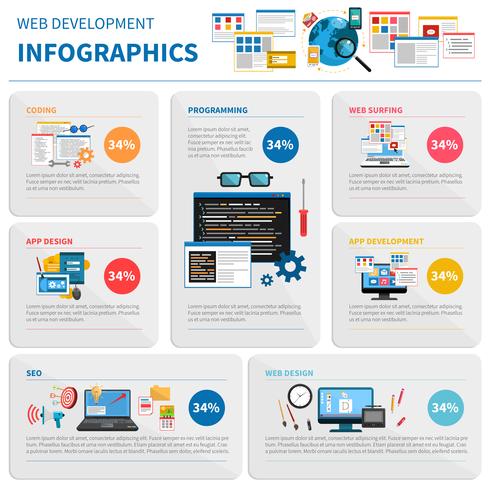Keen To Find Exactly How Internet Site Design Has Changed With Time? Dive Into The Advancement From Simpleness To User-Focused Experiences
Keen To Find Exactly How Internet Site Design Has Changed With Time? Dive Into The Advancement From Simpleness To User-Focused Experiences
Blog Article
Created By-Thorsen Hyldgaard
In the past, internet sites were straightforward and concentrated on information. Navigation was straight, and layout was for desktop computers. Now, user experience is crucial. Data guides designs for very easy navigating. Receptive formats match various tools. Today, dark mode lowers strain, and minimal food selections improve navigating. Interactive functions involve individuals, and vibrant visuals stick out. AI integration enhances engagement. See exactly how layout has evolved to boost your online trip.
Very Early Days of Website Design
In the very early days of website design, simplicity preponderated. Internet sites were standard, with minimal shades, typefaces, and designs. https://www.searchenginejournal.com/weebly-seo-features-limitations-tips/439147/ got on giving info rather than flashy visuals. Users accessed the internet via slow dial-up links, so rate and performance were crucial.
Navigating menus were straightforward, usually situated on top or side of the page. Sites were designed for home computer, as mobile surfing wasn't yet common. Content was king, and designers prioritized simple readability over complex layout elements.
HTML was the main coding language used, and developers needed to work within its restraints. Animations and interactive functions were marginal compared to today's criteria. Internet sites were static, with little dynamic material or customized user experiences.
Rise of User-Focused Design
With the evolution of web site style, a shift in the direction of user-focused style principles has actually ended up being progressively noticeable. Today, producing internet sites that prioritize customer experience is critical for involving visitors and achieving company goals. User-focused style involves recognizing the needs, preferences, and actions of your target audience to tailor the internet site's format, content, and includes accordingly.
Developers now carry out extensive research study, such as individual surveys and functionality screening, to collect insights and responses directly from users. This data-driven technique assists in creating user-friendly navigating, clear calls-to-action, and aesthetically attractive user interfaces that reverberate with site visitors. By placing the user at the center of the layout procedure, web sites can deliver a much more personalized and pleasurable experience.
Receptive design has likewise emerged as an essential element of user-focused style, making sure that internet sites are enhanced for numerous gadgets and screen dimensions. click here to investigate improves availability and functionality, accommodating the varied means users interact with internet sites today. Essentially, the increase of user-focused design symbolizes a change towards producing digital experiences that focus on the needs and expectations of the end customer.
Modern Trends in Website Design
Explore the most recent trends shaping web design today. One prominent trend is dark mode design, providing a streamlined and modern-day look while lowering eye strain in low-light environments. An additional crucial pattern is minimal navigating, streamlining food selections and enhancing customer experience by concentrating on essential elements. Incorporating micro-interactions, such as animated switches or scrolling results, can develop a much more engaging and interactive site. Responsive design continues to be critical, making certain seamless user experiences across different gadgets. Additionally, utilizing vibrant typography and asymmetrical layouts can add visual interest and draw attention to specific content.
Integrating AI modern technology, like chatbots for customer support or individualized suggestions, boosts user involvement and streamlines processes. Accessibility has likewise become a significant trend, with developers prioritizing comprehensive style practices to deal with diverse customer demands. Welcoming sustainability by maximizing site performance for rate and performance is one more arising trend in web design. Working together with user responses and information analytics to iterate and improve layout continuously is necessary for remaining relevant in the ever-evolving digital landscape. By accepting these modern fads, you can produce a visually enticing, straightforward site that reverberates with your target market.
Final thought
As you reflect on the development of web site design from the early days to currently, you can see just how user-focused design has ended up being the driving pressure behind contemporary patterns.
Embrace the journey of change and adjustment in web design, always keeping the user experience at the center.
Stay present with the most up to date patterns and innovations, and never quit developing your strategy to create visually magnificent and easy to use websites.
Develop, adjust, and produce - the future of website design remains in your hands.
